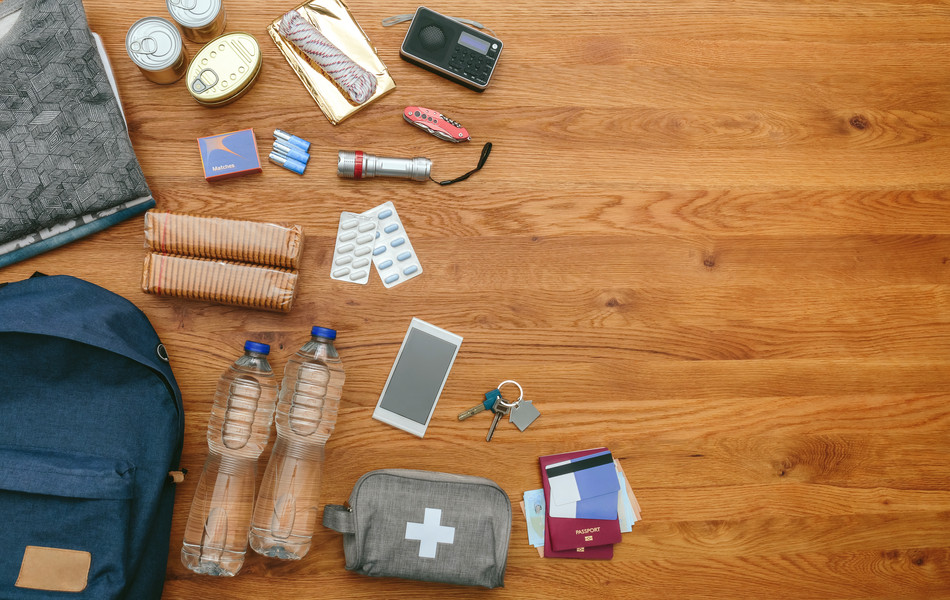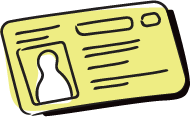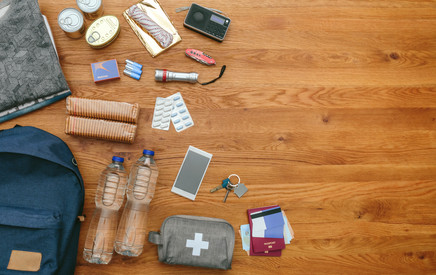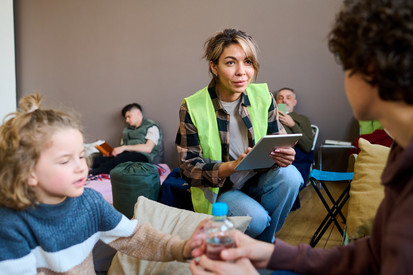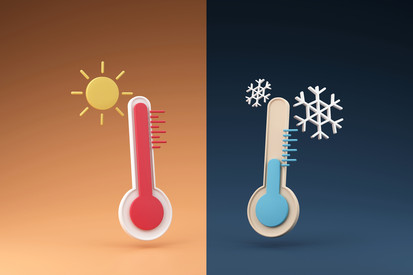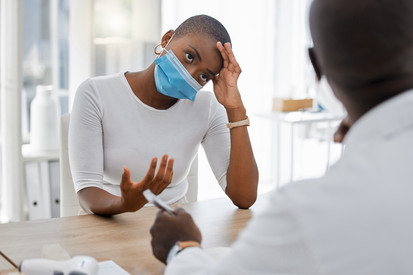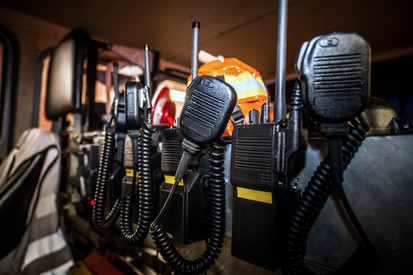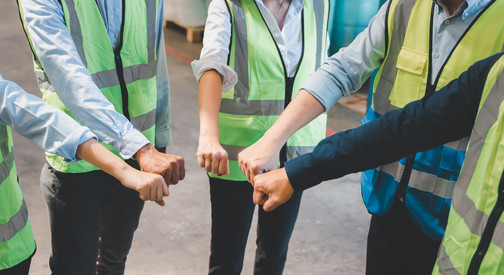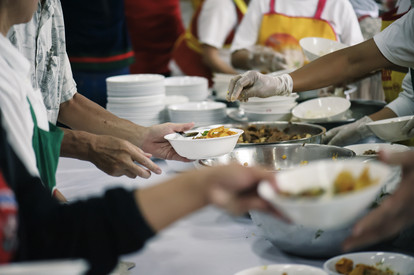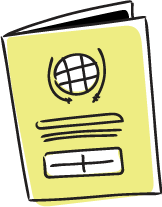
1. Check your vaccination status
When helping, you come into contact with many people. You’ll be at dirty places. This increases the risk of infectious diseases.
Check your vaccination records: Do you have all the recommended vaccinations from the STIKO (Standing Committee on Vaccination)? If you're not sure, consult your general practitioner beforehand.
Remember: When helping, you may come into contact with high-risk groups. Vaccinations for high-risk groups and their relatives can be especially important.
A tetanus vaccination is particularly crucial, as 2 out of 10 people with tetanus die from it. Tetanus, also known as lockjaw, can arise from even a small amount of dirt in a minor wound.
Recommended Vaccination
- Booster for Diphtheria and Tetanus (recommended every ten years)
- Measles
- For individuals aged 60 and above: Influenza
- For individuals aged 60 and above: Pneumococcal infection
- For individuals aged 60 and above: Herpes Zoster (Shingles)
Vaccinations for high-risk groups
- FSME (Tick-borne encephalitis)
- Infection with Haemophilus influenzae Type b (Hib)
- Hepatitis A and B
- Influenza
- Meningococcal infection
- Pertussis (whooping cough)
- Pneumococcal infection
- Poliomyelitis (Polio)
- Rubella
- Varicella (Chickenpox)

2. Take the right clothing and equipment with you
Important items include:
- sturdy shoes, preferably safety shoes
- work gloves
- simple respiratory mask/dust mask
- protective helmet
- sturdy, comfortable work clothing
Packing list
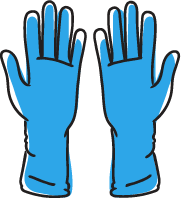
- A photo of your ID card, health insurance card, driver’s license (if available) and vaccination certificate on your phone
- Your smartphone, a charging cable, a plug adapter, and a fully charged power bank
- A dust mask
- Plenty of water and enough food for the day (e.g., energy bars)
- Sun protection, including a hat, sunscreen, and sunglasses
- Protective clothing, such as work gloves, a high-visibility vest, safety goggles, and ear protection
- Rain gear
- Spare clothing, including underwear for at least two days
- Important medications such as allergy medication
- Notebook and pens
- Cash and debit card
- Lightweight backpack
Video: How to protect yourself
The YouTube video is activated by clicking or touching it. This transmits data to the provider. To the privacy policy.
The YouTube video is activated by clicking or touching it. This transmits data to the provider. To the privacy policy.

5. Work in a team
Always work in teams of at least 3 people. Assistance efforts can be very exciting, often leading to not noticing one's own exhaustion. Therefore, pay attention to taking breaks. Also, watch out for signs of exhaustion in your partners. Drink regularly.

6. Work only in safe areas
Avoid working in places where you could fall. Do not enter buildings that could collapse. Watch out for objects such as branches or roof tiles that could fall. Avoid working near floodwater or mold. Keep a distance from emergency vehicles.
7. Never enter flooded areas and basements
Even if the water level is not high, you can quickly drown. Objects can be swept away by the water and injure you. Or you could receive a fatal electric shock, especially in flooded basements. Additionally, the water may press doors or windows shut, preventing you from getting out.
8. Be cautious around dangerous plants and dead animals
Do not touch hazardous plants like the giant hogweed (also known as giant cow parsnip). Exercise caution around plants with thorns as well. If you have an allergic reaction, seek medical help immediately. Do not touch dead animals. Dead animals should only be handled by professionals.

9. Check yourself for ticks
When working outdoors, inspect your body for ticks. On the Robert Koch Institute (RKI) website, you can find information on what to do if you are bitten by a tick.
10. Use safe tools
Use only tools that you are familiar with and can handle safely. Check each tool before using it. Do not work with damaged tools. Loose shafts and similar issues can quickly become a danger to you and others.
11. Take care of your back
Lift with your knees. Carry heavy objects with others. Rather make more trips than carrying too much at once.

12. Pay attention to your hygiene
Wash your hands before drinking, eating or smoking, or during longer breaks. Wash your hands for at least 20 seconds with soap, or thoroughly disinfect your hands. Avoid contact with blood, urine or feces. Get wounds treated promptly.
13. Report damage and injuries
If you’re injured during your deployment, seek medical attention. Document any damages suffered and note individuals who can attest to it. Please also report this directly to your group or the organization you signed up with.
